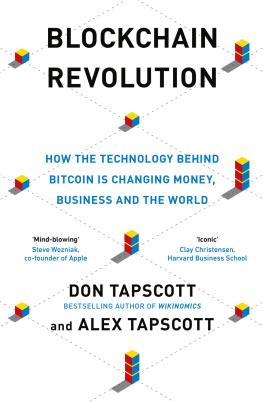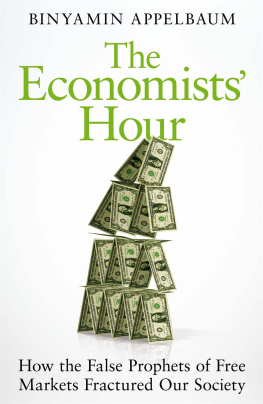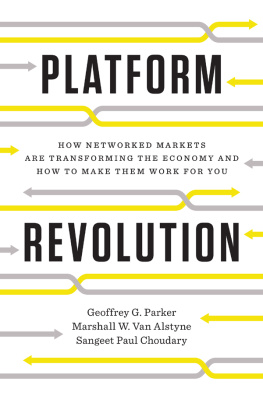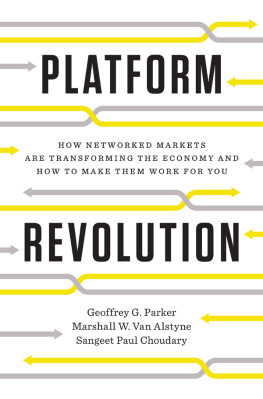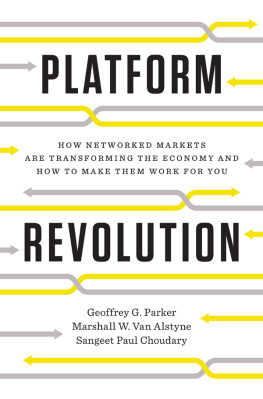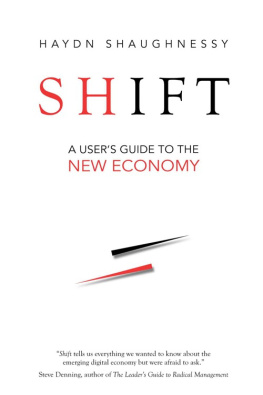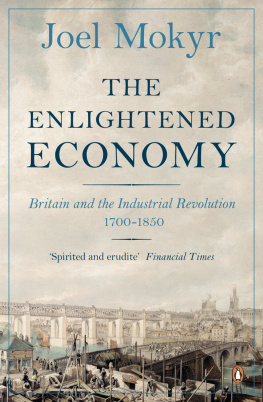

Copyright 2016 by Ray Fisman and Tim Sullivan
Published in the United States by PublicAffairs, a Member of the Perseus Books Group
All rights reserved.
Printed in the United States of America.
No part of this book may be reproduced in any manner whatsoever without written permission except in the case of brief quotations embodied in critical articles and reviews. For information, address PublicAffairs, 250 West 57th Street, 15th Floor, New York, NY 10107.
PublicAffairs books are available at special discounts for bulk purchases in the U.S. by corporations, institutions, and other organizations. For more information, please contact the Special Markets Department at the Perseus Books Group, 2300 Chestnut Street, Suite 200, Philadelphia, PA 19103, call (800) 810-4145, ext. 5000, or e-mail .
Book Design by Jack Lenzo
Library of Congress Cataloging-in-Publication Data
Names: Fisman, Raymond, author. | Sullivan, Tim, 1970 author.
Title: The inner lives of markets: how people shape themand they shape us / Ray Fisman and Tim Sullivan.
Description: First edition. | New York : PublicAffairs, [2016] | Includes bibliographical references and index.
Identifiers: LCCN 2016001296 (print) | LCCN 2016006755 (ebook) | ISBN 9781610394932 (ebook)
Subjects: LCSH: Economics. | Free enterprise. | Markets. | Consumer behavior. | BISAC: BUSINESS & ECONOMICS / Economics / Microeconomics. | BUSINESS & ECONOMICS / Purchasing & Buying. | BUSINESS & ECONOMICS / Consumer Behavior.
Classification: LCC HB171 .F545 2016 (print) | LCC HB171 (ebook) | DDC 381dc23
LC record available at http://lccn.loc.gov/2016001296
First Edition
10 9 8 7 6 5 4 3 2 1
To my priceless childrenRF
To WendyTS
CONTENTS
T his book started about ten years ago with a trip to The Coop bookstore at the Massachusetts Institute of Technology. On a shelf in the science section was a book that contained reprints of the most important physics papers of the twentieth century, together with an explanation of what they accomplished and why they were important. The book included, for instance, Einsteins work from 1905, his annus mirabilis, when he published four papers that changed how physicists (and eventually the rest of us) thought about time, space, mass, and energy. It also included papers that led to innovations like the first atomic bombscience that had a direct impact, quite literally (sorry), on the world.
This was important stuff, but the source material was often impenetrable to nonscientistscertainly too technical for the likes of us. But even for scientists, why a particular idea was so revolutionary can often be lost because few scientists study the history of their field. The idea, though familiar, loses its historical and social context. So each article in the book was accompanied by a lucid, engaging essay explaining the innovation in lay persons terms, and placing the idea in context. Otherwise, most of the papers would have remained so much indecipherable mathematics to all but a trained physicist.
It was, we thought, an interesting approach to the history of science, told through both scientific importance and social change, written for people who had more than a passing interest in physics but who lacked the expertise to parse the original source material.
Being economics nerds (one of us is a real economist, one of us just pretends), we thought it might be fun to do the same thing with economics. To that end, we informally surveyed a bunch of economists to find out which academic economics papers they thought were the most important within the rough boundaries of World War II on the one end and, say, the early 2000s on the other, reasoning that it would be hard to judge the long-term historical importance of ideas published any later than that.
When we looked at that list of papers and thought about what we could do with the information, it occurred to us that these relatively esoteric academic papers had had, like their counterparts in physics, an outsized influence. That seemed worth exploring, not by reprinting the original papers but by examining how those ideas have lived in the world.
This half-centurys worth of economic thoughtoften as incomprehensible to outsiders in its original formulations as Einsteins investigations into the theory of Brownian motion is to non-physicistshas been used to make markets work better and, in an ever-widening set of applications, has helped them reach more deeply into our lives. The Inner Lives of Markets explores the intersection of those economic ideas and our lives.

At 109 Lincoln Street in Rutland, Vermont, stands a dilapidated yellow clapboard building. Rutland was incorporated in the late nineteenth century, flush with money from the marble quarries just outside town. But the past few decades havent been kind to the city, notable these days as much for its opioid epidemic (the subject of several New York Times stories), as for the nearby mountains, which still draw leaf peepers in the fall and skiers in the winter.
To one side of 109 Lincoln is an empty parking lot. Across the street stands the former Lincoln Elementary School, which now houses Rutland Area Christian School, private and interdenominational, serving pre-K through grade twelve.
In many ways, Rutland is classic small-town America, and the yellow clapboard building is emblematic of that life. It was, once upon a time, Percy P. Woods, a neighborhood grocery store. Percy himself was an enterprising young man, born around 1886, just as the city was taking off. He started on his road to entrepreneurial glory in the 1920s, selling maple syrup by mail order and using the money he made to open Percy P.s (as it was known) as a dry-goods store, updated by the next owner into a small local grocer. Around 1970, Bob Dow, a former traveling tombstone salesman, and his wife, Edna, bought the store. Bob became a whiz at the butcher counter, and Edna took over business operations in the tiny upstairs office. She also cooked a widely renowned roast beef and made subs in the deli. They lived within walking distance of the store, in the house on Adams Street where Edna had grown up.
Lincoln Elementary, the school across the street, served the families in the surrounding neighborhoods, kindergarten through grade six. That also meant that moms (and it was mostly moms in those days) who picked up their kids could swing by Percy P.s (as it was still called) and grab a missing dinner ingredient or some detergent. Theyd also get an avuncular greeting from Bob and have their order checked out by Dot, the cheery cashier. And if they needed a babysitter, they could check to see if Bob and Ednas daughter might be available.
Percy P.s was subject to the laws of supply and demand that define every market, no matter how big or small. Bob and Edna balanced the books in their upstairs office. They thought about how it would affect sales if they marked up the price of Tide and carefully calculated how many boxes of detergent theyd need to meet their customers monthly demand. They decided what to put on sale and used markersthe king-size permanent ones (that smelled so distinctively toxic they arent made anymore)to make the signs that called customers attention to the lower prices. Some customers bought on credit, which theyd pay at the end of the month, but not everyone was afforded this privilege. Edna kept track of who had too big a tab or had passed a bad check and politely but firmly demanded that they pay in cash. Bob was nice and polite, too, but he kept an eye on the front door, all the more so when the end-of-school bell rang next door, sending a gang of preteens into the store. (And yes, they tracked inventory shrinkage resulting from the pilfered candy and soda that walked out of the store despite Bobs efforts.)
Next page


